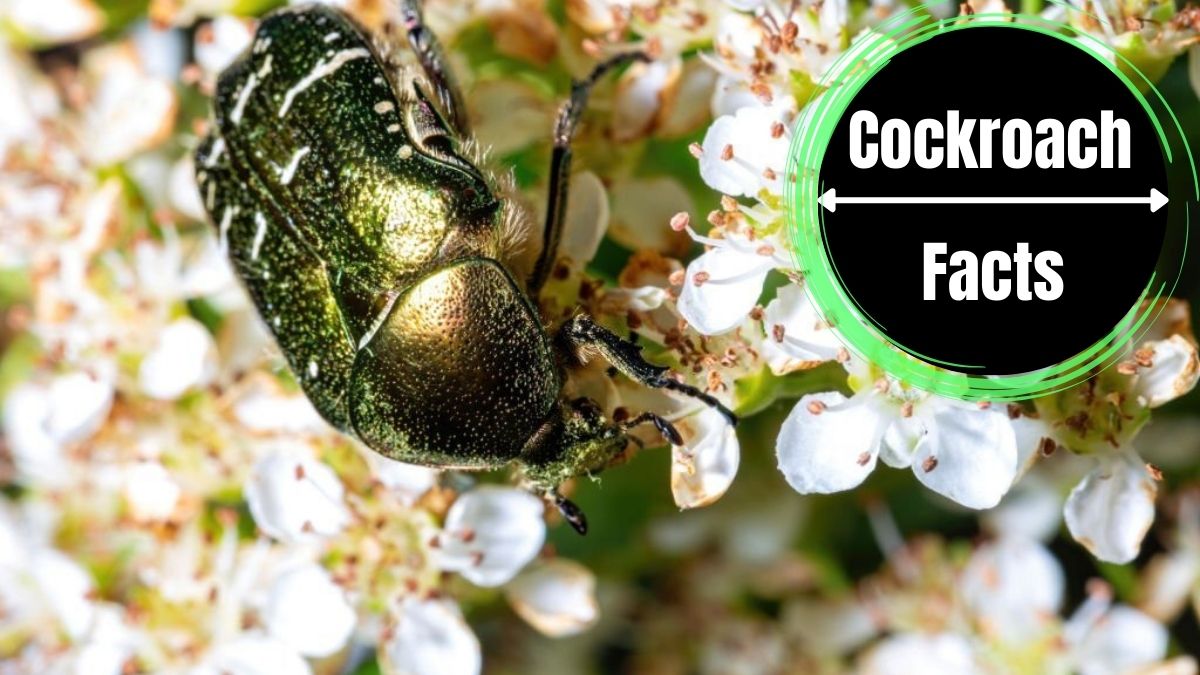In the intricate tapestry of the natural world, certain creatures capture our attention not only for their peculiar characteristics but also for their ability to adapt and thrive in environments that challenge even the hardiest of species. The bush cockroach, often regarded as a tenacious survivor, stands as a testament to nature’s resilience and the remarkable strategies that evolution has bestowed upon it.
World of Bush Cockroaches
Identification and Characteristics
The bush cockroach, scientifically known as “Polyzosteria limbata,” is a member of the cockroach family endemic to parts of Australia. It showcases a distinctive appearance characterized by its flattened body, allowing it to navigate with ease through the tightest of crevices within its bushy habitat. With a mottled brown coloration, these cockroaches effectively blend into their surroundings, making them adept at escaping the gaze of predators.
Habitat and Behavior
As the name suggests, the bush cockroach finds its refuge in the diverse landscapes of Australia, often taking shelter beneath loose bark, fallen leaves, and within tree hollows. Unlike its urban-dwelling relatives, these cockroaches have mastered the art of survival in the wild. Nocturnal by nature, they emerge after sunset to scavenge for fallen fruits, decaying matter, and other organic debris, employing their scavenging prowess to contribute to nutrient cycling in their ecosystem.
Life Cycle and Reproduction
The life cycle of the bush cockroach reflects its harmonious integration with its environment. After mating, females produce oothecae, protective egg cases that they attach to suitable surfaces. These cases blend seamlessly with the environment, reflecting the cockroach’s ability to adapt to the natural rhythms of its habitat. The nymphs that hatch from these cases undergo gradual metamorphosis, shedding their exoskeletons multiple times before reaching adulthood.
Different Types of Bush Cockroach
Australian Bush Cockroach (Polyzosteria limbata):
Identification and Characteristics
The Australian bush cockroach, scientifically known as Polyzosteria limbata, is a prime example of adaptation to a specific habitat. With its flattened body and mottled brown coloration, it seamlessly blends into the diverse landscapes of Australia. This species is equipped with a resilient exoskeleton that helps it navigate through the tightest of spaces within its bushy environment.
Habitat and Behavior
As the name suggests, the Australian bush cockroach finds its sanctuary in the dense foliage and undergrowth of Australia’s native landscapes. These cockroaches are skilled scavengers, emerging under the cover of night to feast on fallen leaves, decaying fruits, and other organic matter. Their diet and behaviors contribute to nutrient cycling and the balance of their ecosystem.
Giant Bush Cockroach (Heteropteryx dilatata):
Identification and Characteristics
The giant bush cockroach, or Heteropteryx dilatata, stands as an exceptional example of size and adaptation. As one of the world’s largest cockroach species, it’s hard to miss. With its robust build and imposing size, this cockroach can measure up to several inches in length. Its coloration varies, ranging from shades of brown to green.
Habitat and Behavior
Native to Southeast Asia, the giant bush cockroach thrives in tropical and subtropical rainforests. Its massive size and strong exoskeleton offer a degree of protection from predators. This species primarily feeds on decaying leaves, acting as a crucial agent in the decomposition of plant matter within its habitat. The giant bush cockroach’s relatively slow movement and size serve as deterrents to potential predators.
Northern Pine Bush Cockroach (Parcoblatta lata):
Identification and Characteristics
The northern pine bush cockroach, or Parcoblatta lata, showcases unique adaptations that enable it to inhabit specific environments. With its elongated body and distinctively long wings, this species has a visual appearance reminiscent of its pine forest home. Its coloration ranges from light brown to reddish-brown.
Habitat and Behavior
Found predominantly in pine forests of the southeastern United States, the northern pine bush cockroach has a strong preference for habitats dominated by pine trees. These cockroaches thrive in the decaying wood and leaf litter found within these forests. They have also adapted to cold temperatures and can endure freezing conditions by seeking shelter within rotting logs or other suitable hiding spots.
Ecological Significance and Interactions
Decomposers and Nutrient Cycling
Bush cockroaches play an essential role in their ecosystem as proficient decomposers. Their diet of decaying organic matter aids in breaking down fallen leaves and fruits, effectively contributing to the recycling of nutrients within their environment. This process has a direct impact on the health and balance of their habitat.
Prey for Predators
Just as they fulfill their role as decomposers, bush cockroaches also occupy a niche in the food chain. They serve as a valuable food source for a range of predators, from birds and reptiles to spiders and other insects. This interdependence highlights the intricate web of relationships that sustains ecosystems.
Conservation and Coexistence
The bush cockroach exemplifies the delicate balance between adaptation and coexistence. In an era where habitat loss and human activity threaten countless species, these cockroaches offer a lesson in resilience. As stewards of the natural world, it is our responsibility to safeguard the habitats that support creatures like the bush cockroach.
Conclusion: Embracing Nature’s Tenacious Survivor
In the shadowed corners of Australia’s lush landscapes, the bush cockroach thrives as a remarkable example of nature’s ingenuity. Its ability to navigate the challenges of the bush, its role as a scavenger, and its interactions within the ecosystem remind us of the intricacies that shape our world. By unveiling the enigma of the bush cockroach, we gain a deeper appreciation for the small yet significant contributions that these creatures make to the delicate balance of our natural world.

